Bok-uh or Bok-ay.
Regardless of how you pronounce it, it’s just scrumptious.
Bokeh is created by your aperture, the wider the aperture, the lower the number, the more shallow depth of field, the MORE BOKEH.
Or buttery blurry delicious background fuzz.
*As someone just asked,”isn’t it the distortion of blur?”
Here is the exact definition of bokeh found here:
Which I am somewhat – talking about bokeh in this post… so there is a confusion – with my writing of bokeh and blur.
” Bokeh is often most visible around small background highlights, such as specular reflections and light sources, which is why it is often associated with such areas. However, bokeh is not limited to highlights, as blur occurs in all out-of-focus regions of the image.” from Wiki
I was answering a post on I Heart Faces about ‘What did I do wrong?’someone asked.
A gal had taken two different images with the exact same settings, but one everyone was focused and the other image people were blurry.
There is never an EXACT setting to share.
Aperture/Focus/Settings depends on many things a combination of things.
I can think of these off the top of my head, that can really be factors in your bokeh, aperture, blurry or sharp image settings:
1. How your subjects are positioned (if some are further back than others – you want to bump that number UP to increase the depth of field (higher number: i.c. 3.5) if they are side by side, on an equal plane – then you can utilize a more shallow depth of field (lower number: i.e. 1.8, etc.)
side by side – pretty wide aperture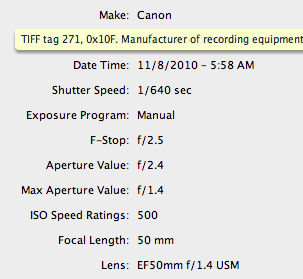
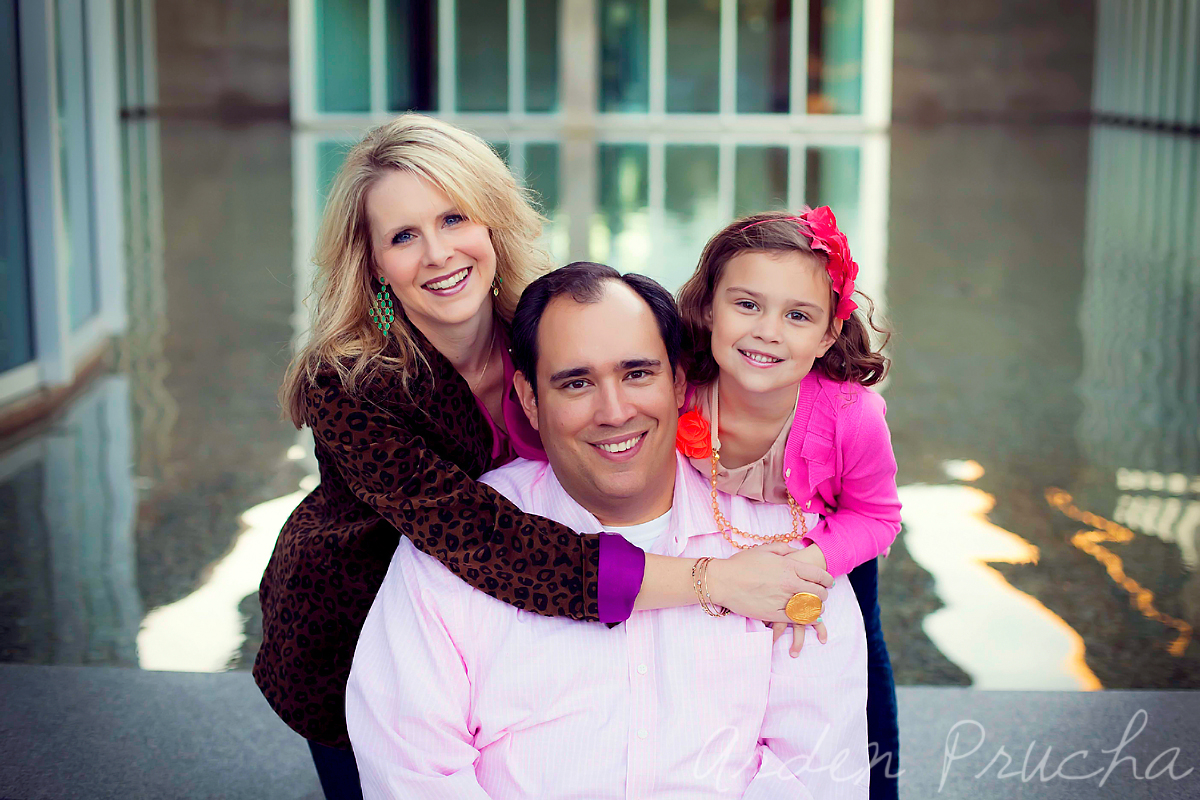
2. How close you are to your subjects, when you get closer everything changes – you may have been able to caputre three subjects on 2.8 from further away, but when you get closer 2.8 may leave one or more of your subject blurry – you then need to increase depth of field.
3. What look are you going for? Maybe you want someone/something blurred while focusing on someone else. In that case widen that aperture baby! See:
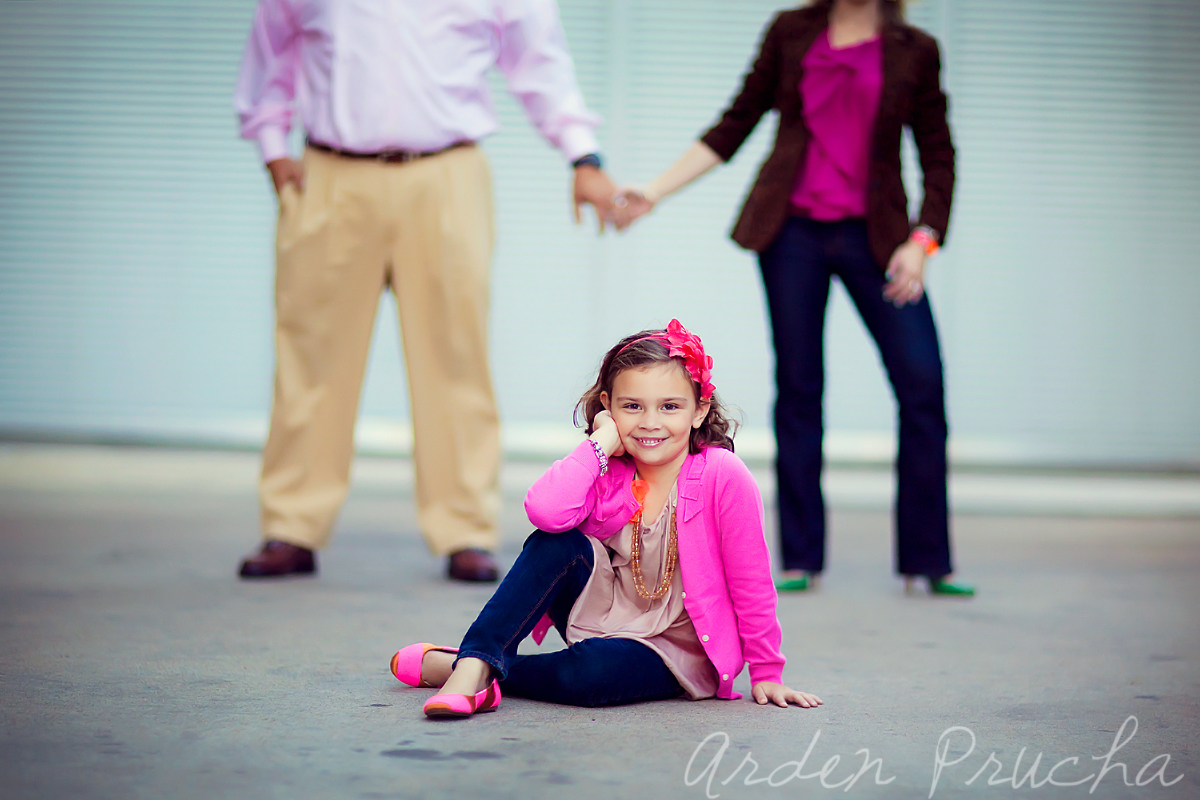
4. Keep in mind you have a focal distance length on your lens – each lens as well as your placement can change the DOF – whether you have a 24-70mm or a prime lens. When you are dealing with a prime, you have to move to increase or decrease distance, with a zoom lens you can both move and utilize the different lengths to vary your look. Go out and play with your camera, an object, you F-stop, your distance, the zoom, etc. and check out ALL of the different images you came up with! 🙂
5.. Also if you want the background more blurry, you need to pull your subjects away from the background… you can see in these images below that Katie is at different distances (as am I) from the wall (and I from her) and the settings are not exact on all three images.
(The first image she is really close to the wall – so the bricks appear in more focus than the other two images, even with a wider aperture than the other two images… the last two images I have pulled her away from the wall quite a bit, probably 10ft +, allowing for that background to create a nice blurry compliment, but your eyes are brought into the subject, also notice the bottom two images have the EXACT same meta-data, but my placement changes the entire image – how cool are those bricks???)
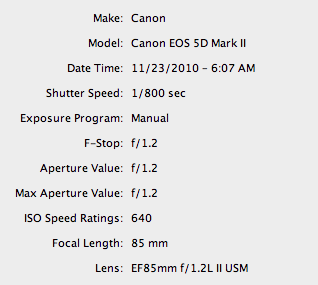
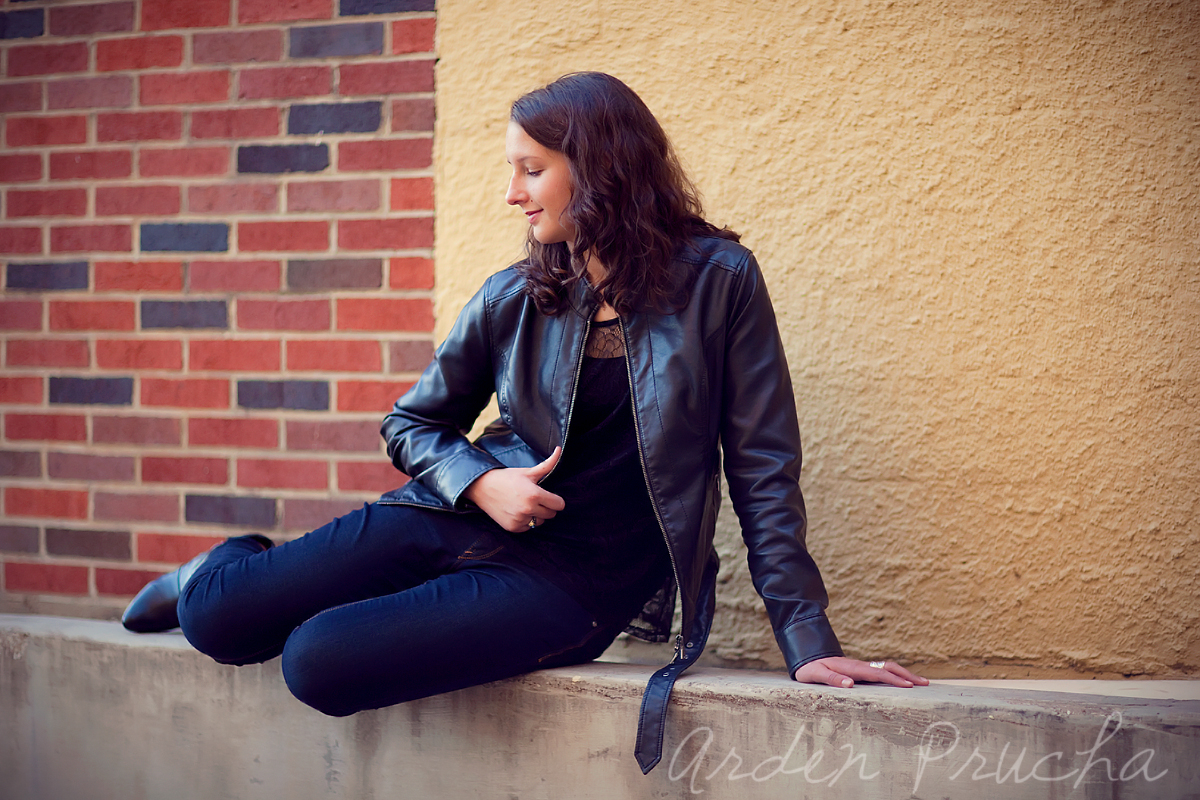



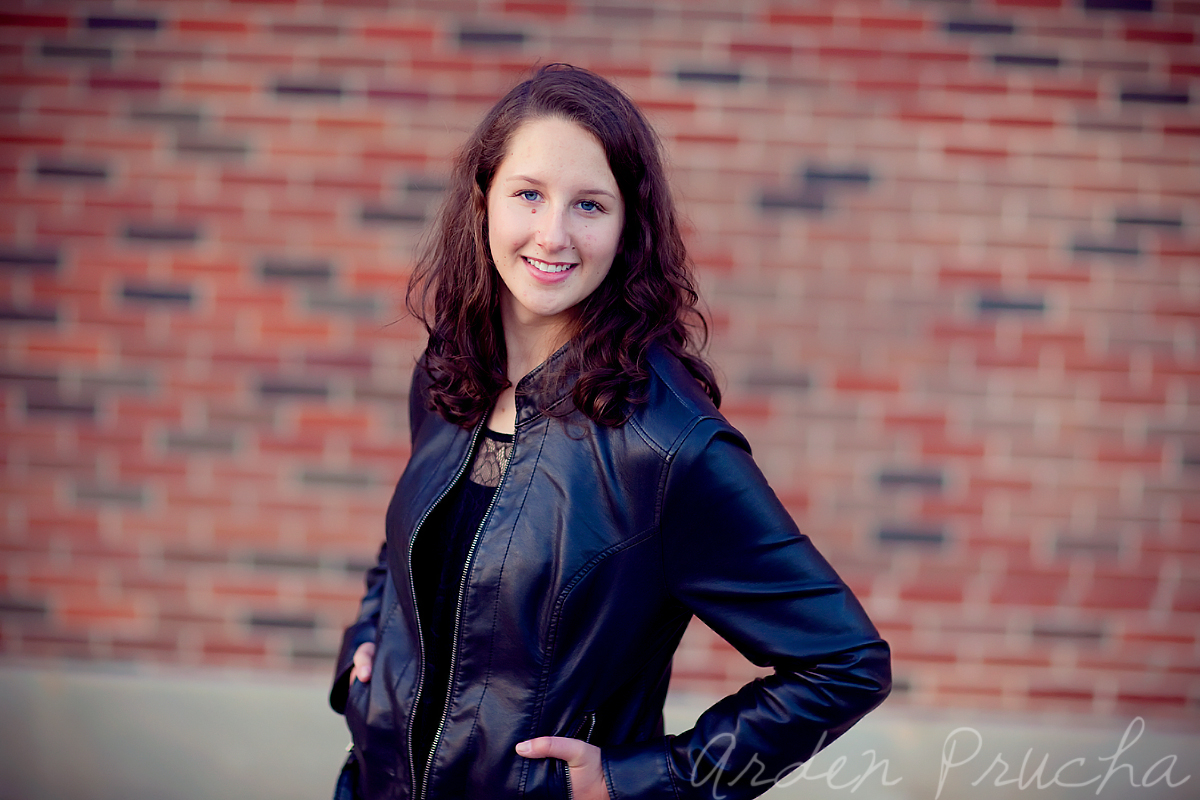 *I am not the most technical of ladies, so some of this may be confusing or worded weird. Let’s just hope I didn’t say things completely wrong and backwards! 🙂
*I am not the most technical of ladies, so some of this may be confusing or worded weird. Let’s just hope I didn’t say things completely wrong and backwards! 🙂
My point of this post is to learn your camera, play with aperture, play with distance, and figure out your style!
You may HATE BOKEH 🙂
I happen to love it 🙂


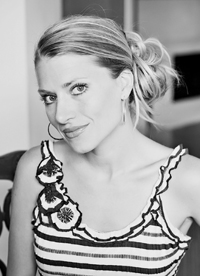
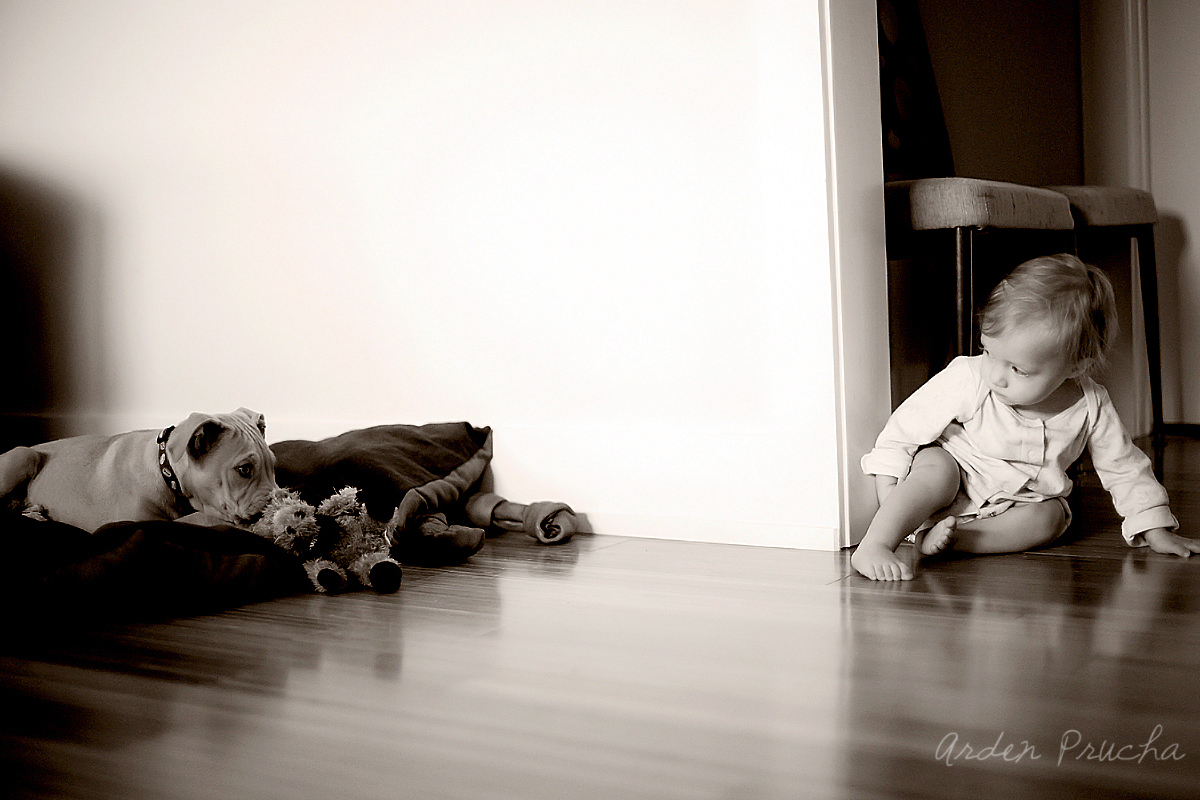


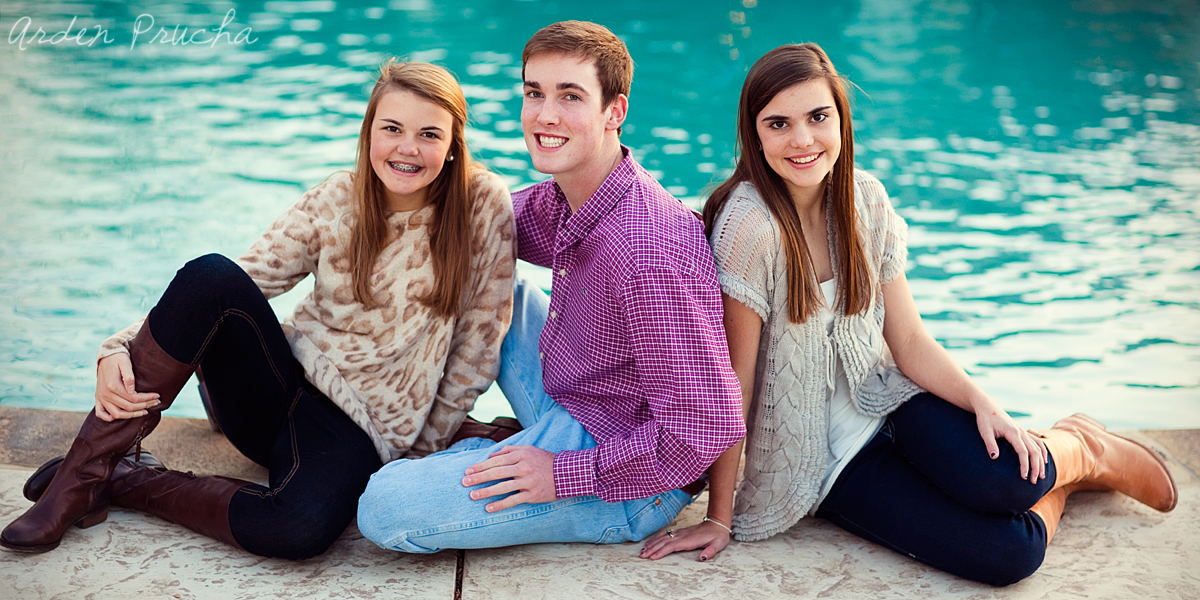
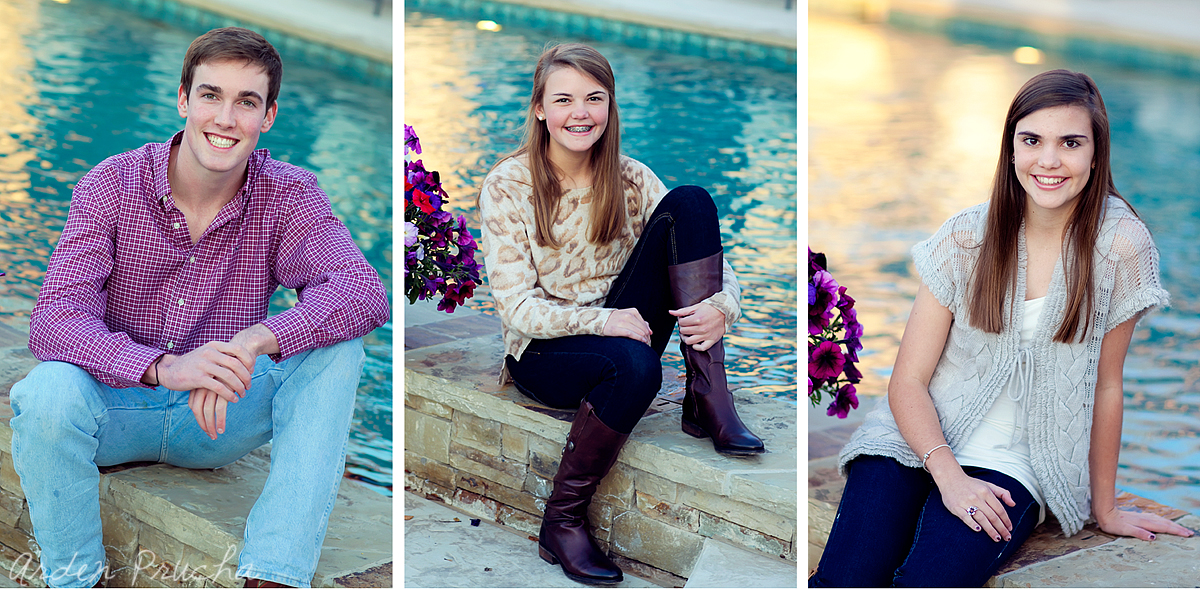
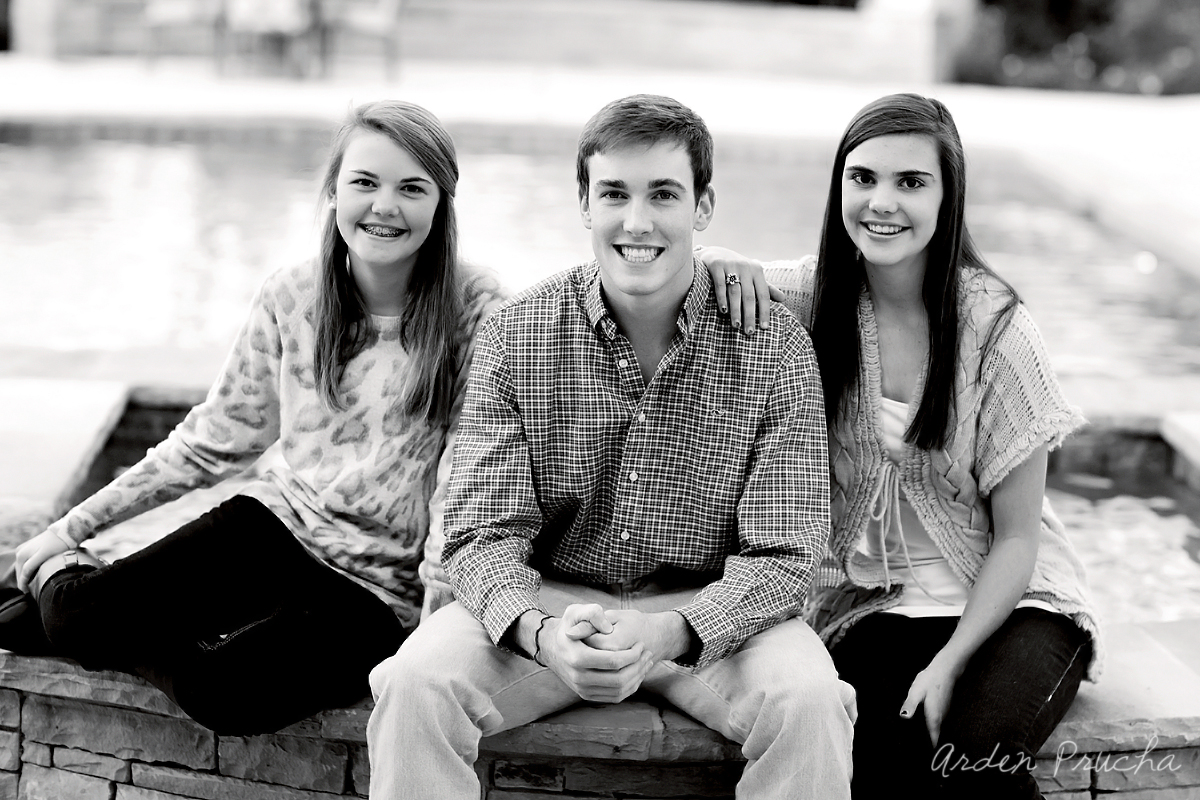
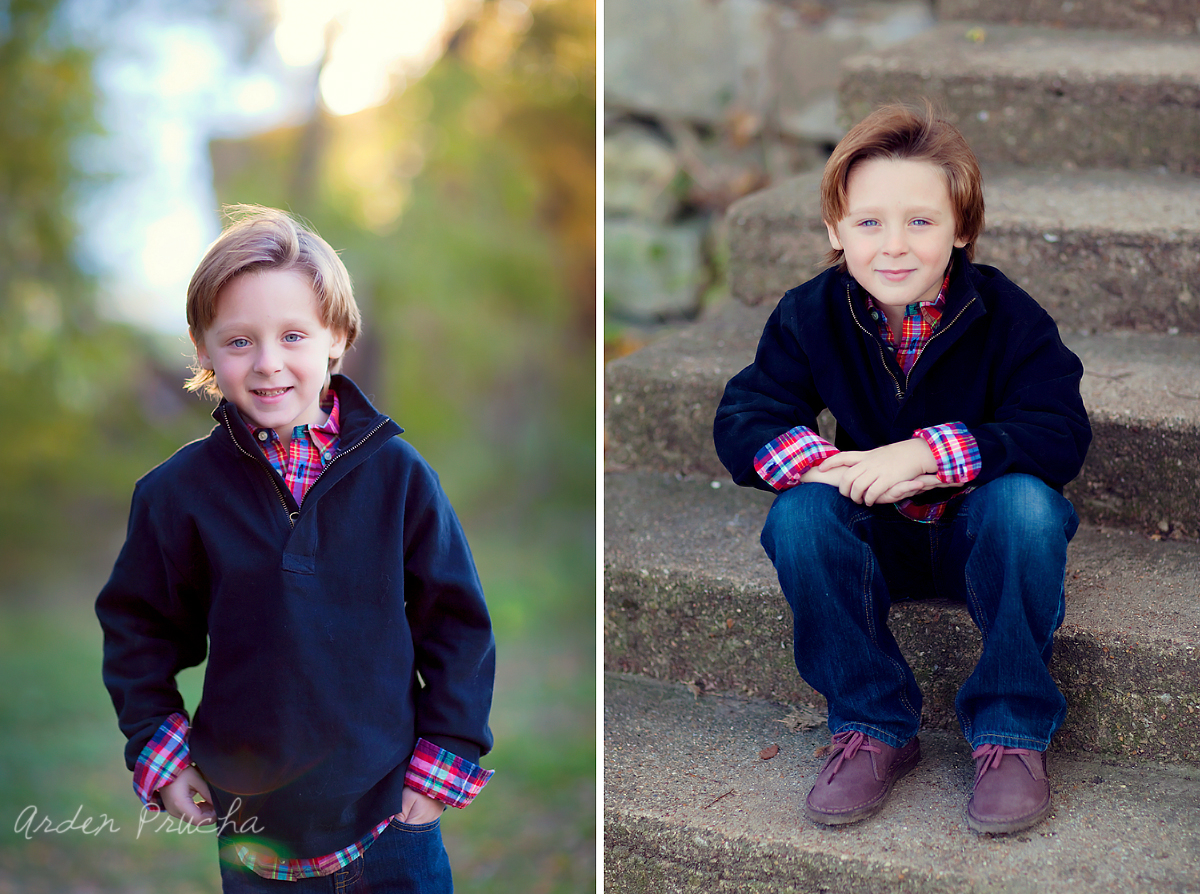
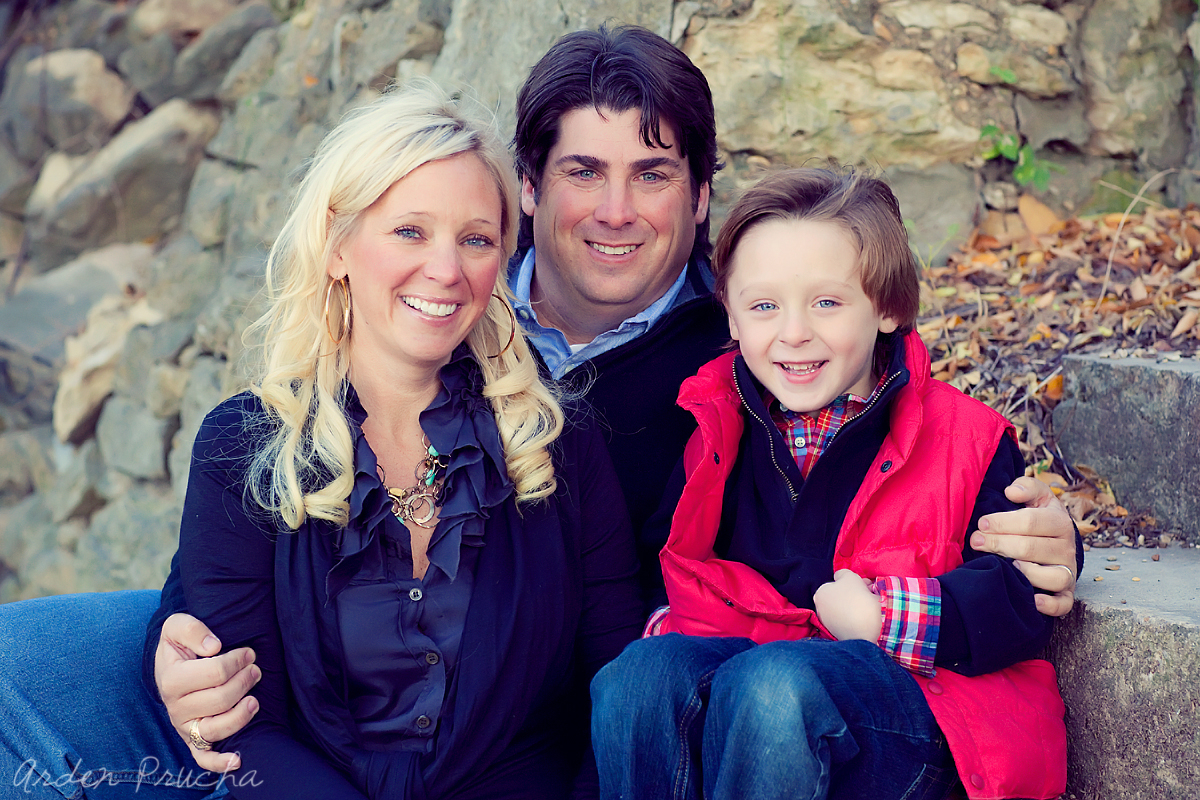
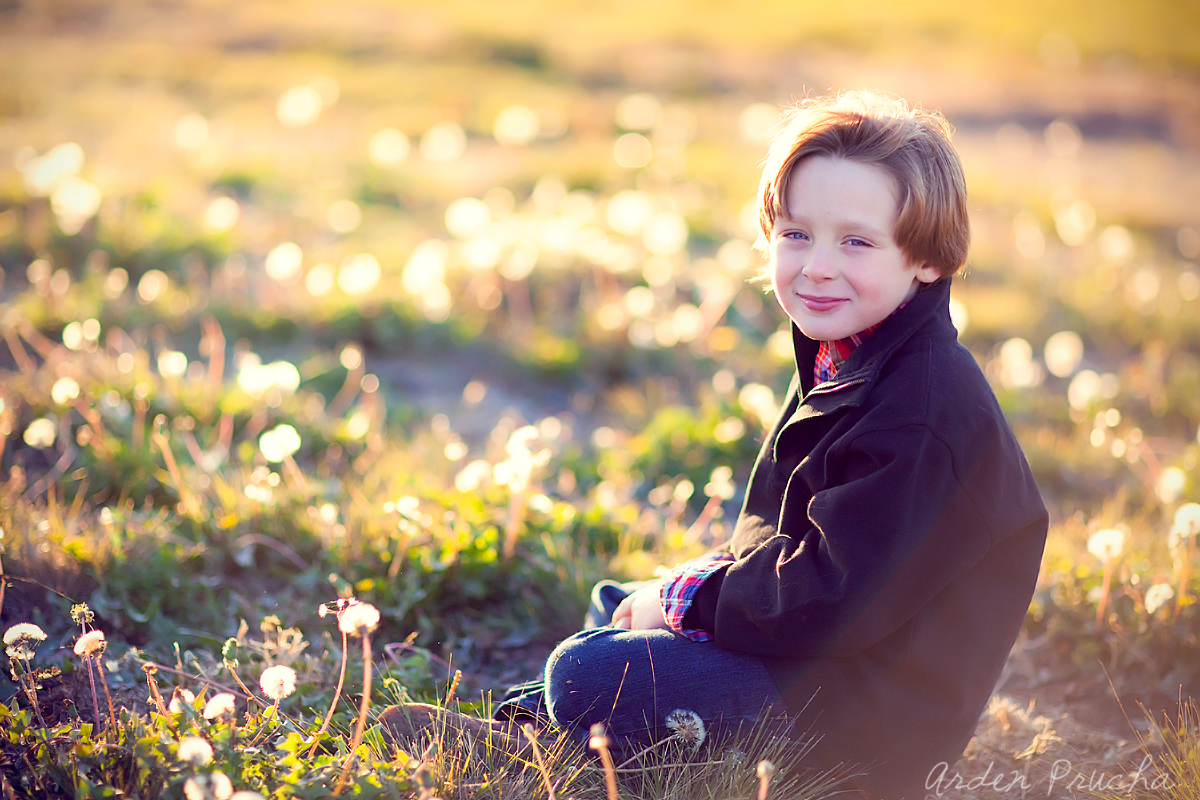
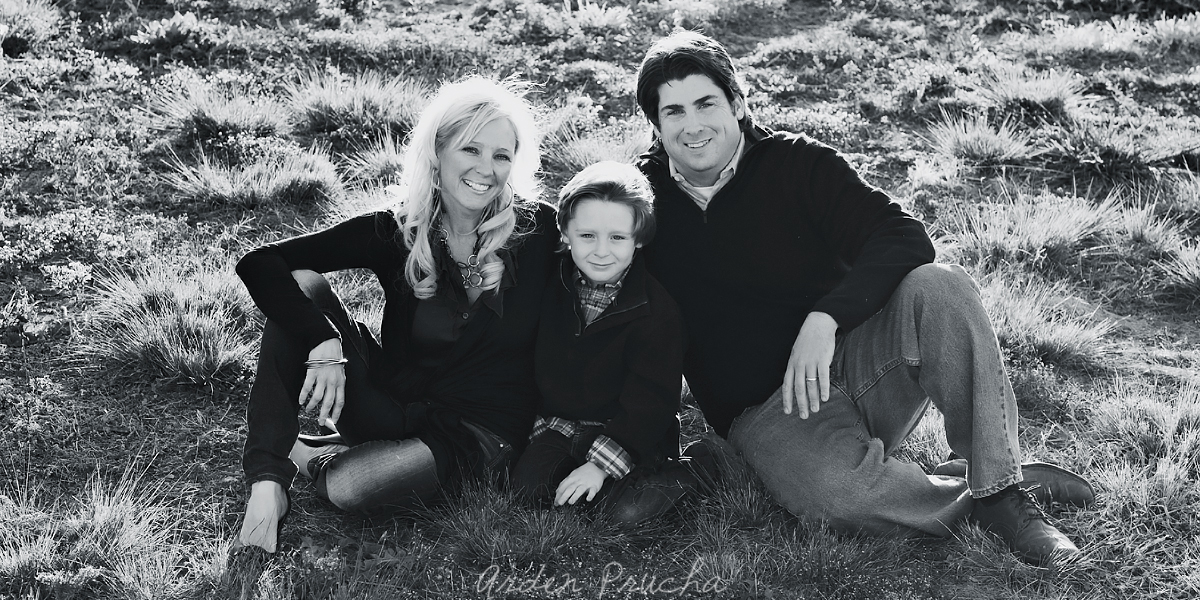
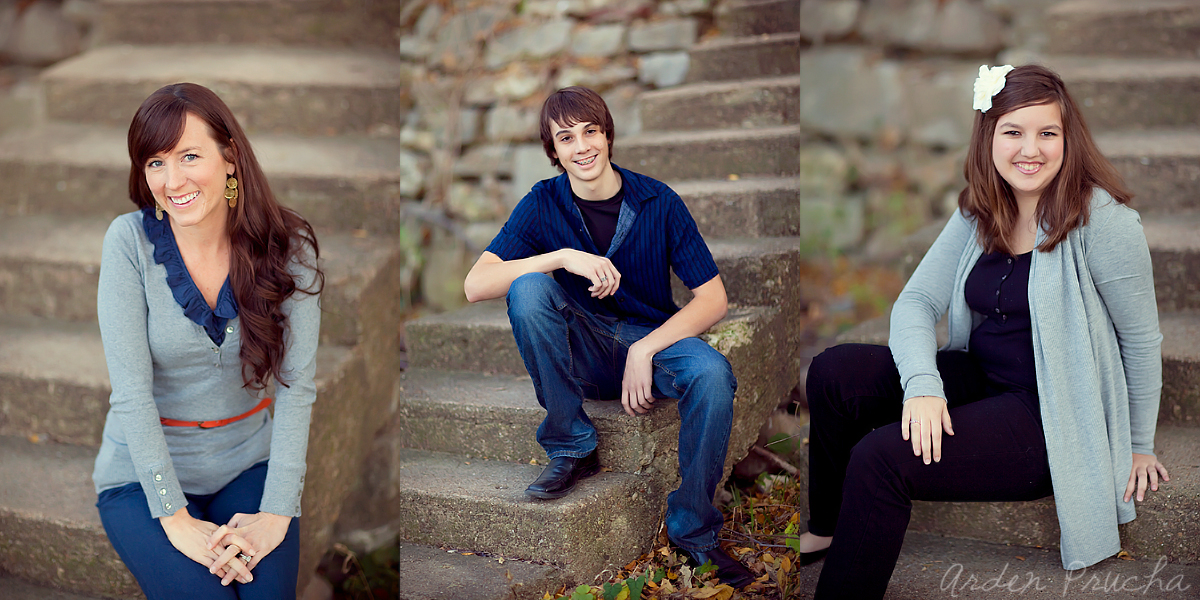
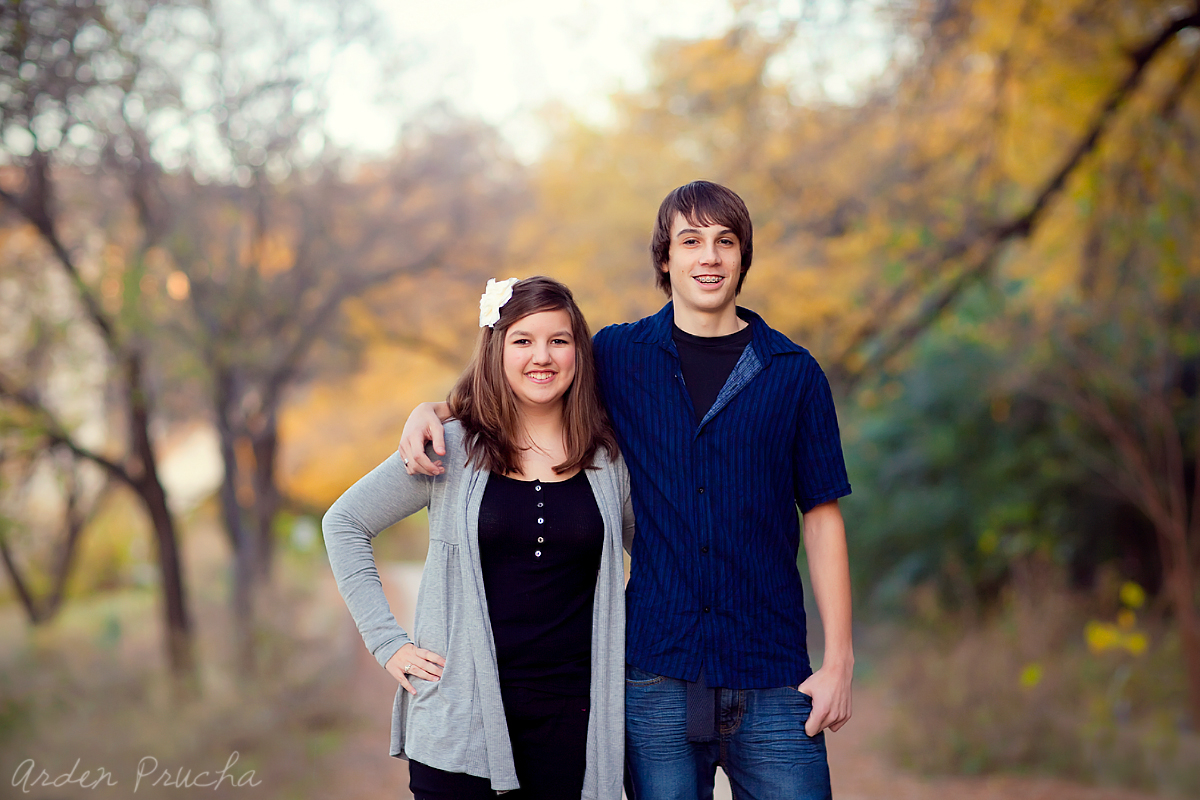
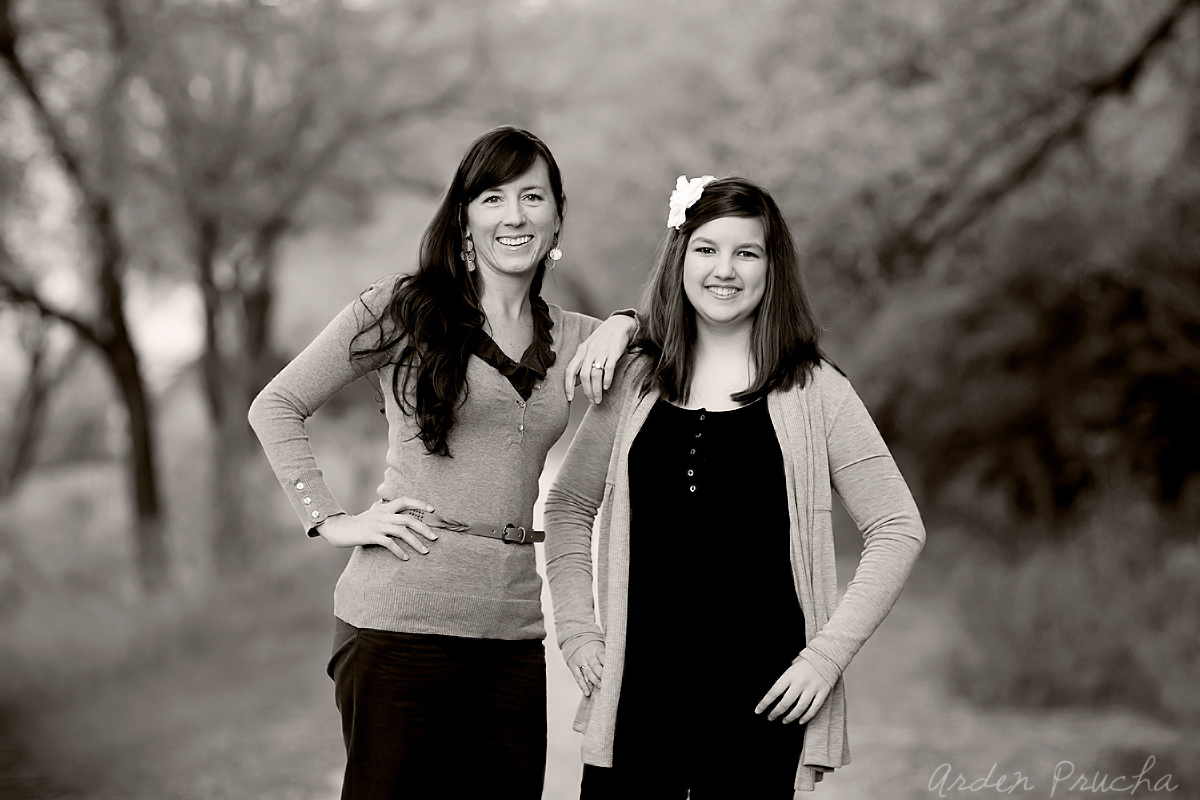
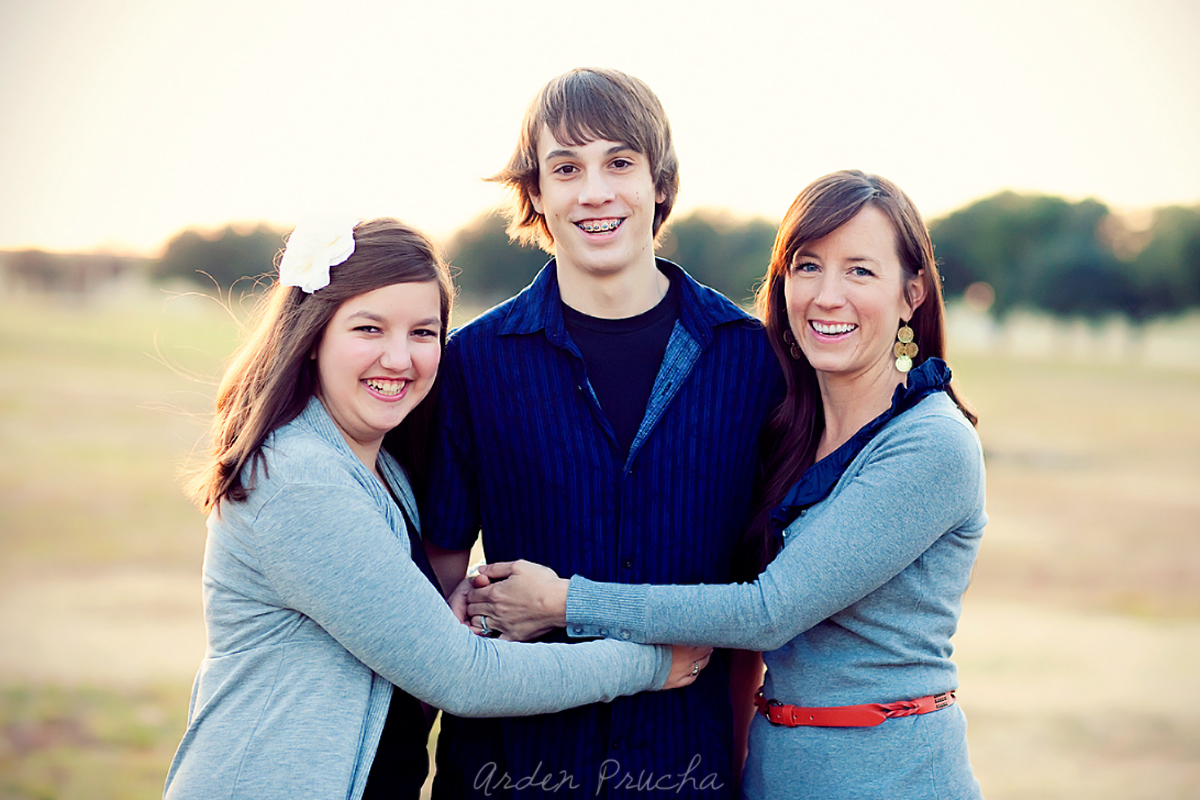
by Arden Prucha
show hide 3 comments